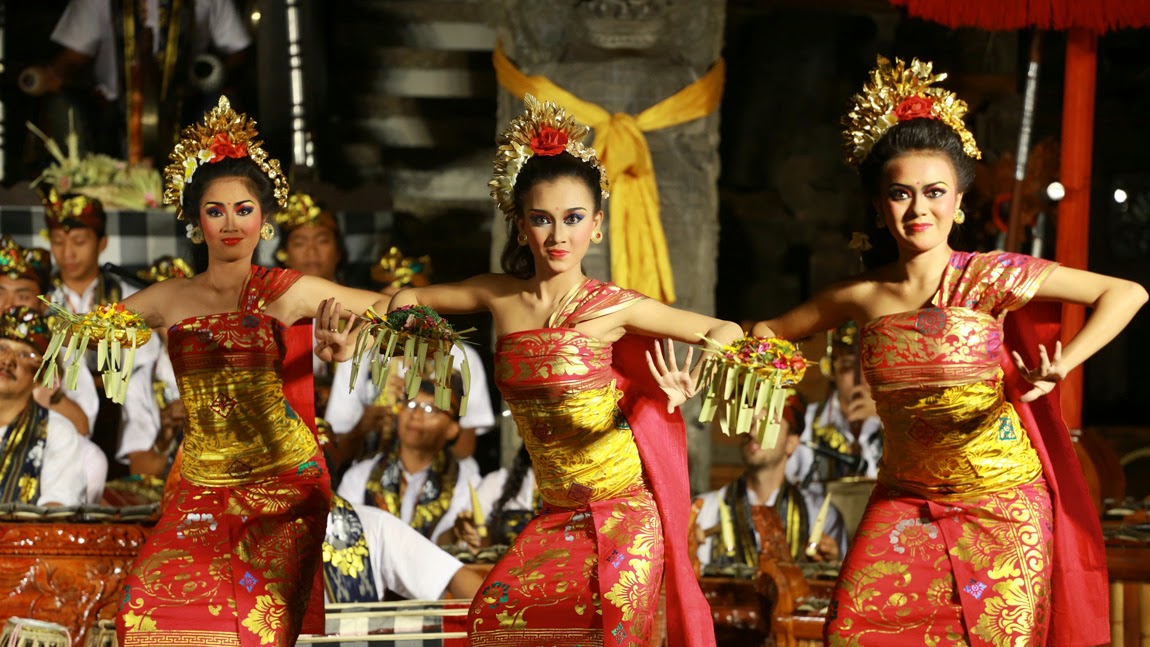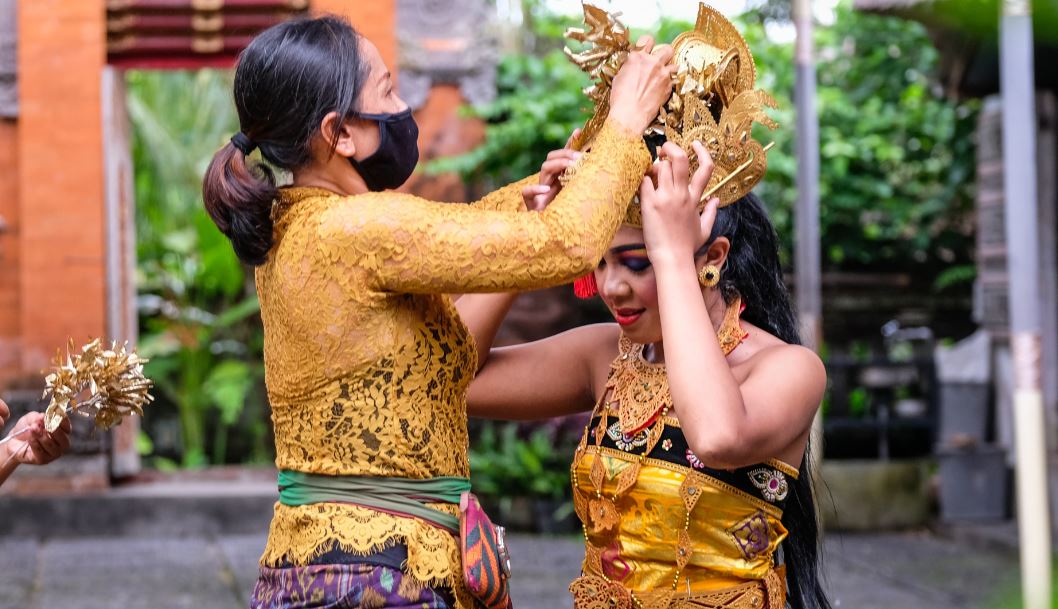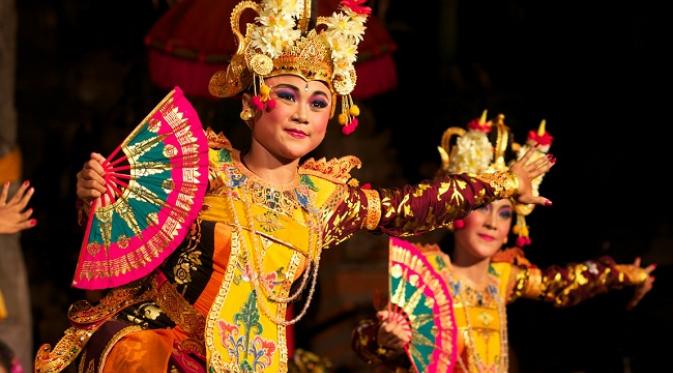

King Rama prayed and tried again to bring back Sita.

At first Rama did experience defeat, but this did not dampen his sincerity to save his wife, Shinta. However, Hanoman was surrounded by Ravana’s soldiers and almost burned. In the rescue process, Hanoman finally ravaged Shinta’s captivity and set the place on fire. Then continued with the kidnapping of Shinta by Ravana until Ravana finally had to fight with Hanoman and Jatayu who saved Shinta. When the dancers who play the roles of Rama and Sita enter the stage, the dance begins. Kecak dance is not just a body movement, but there is a very meaningful story behind it. Related article: Get to know the function and philosophy, here are 9 types of Balinese traditional houses Over time, the show has grown to the entire senatero of Bali and is always a mainstay display when there are big activities such as festivals that are often carried out by the private sector and the government. Initially this dance was only performed in a few villages. Local people even often perform the Kecak dance when there are important guests. Wayan and Walter discussed how to create a dance as attractive and beautiful as possible and then popularize it internationally.


The music that accompanies the dance, which originates from Bali, comes from the tinkling sound. The Kecak dance is influenced by the tinkling sound of the ornaments used by the dancers on their ankles. The origin of the name of this dance comes from the dancers who shout “cak cak cak”. Kecak dance is lifted from the Sanghyang tradition and some parts of the Ramayana story. This is because Walter Spies was very interested in traditional rituals during his stay in Bali. In the past, he introduced this dance with the help of a famous German painter named Walter Spies. This traditional Balinese dance was created by a Balinese artist named Wayan Limbak in the 1930s.


 0 kommentar(er)
0 kommentar(er)
